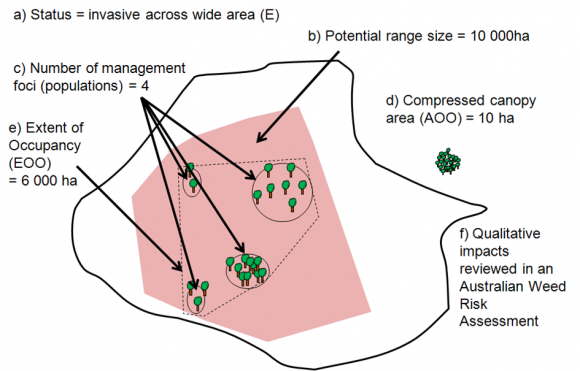A recent review paper on the African sharptooth catfish (Clarias gariepinus) has highlighted the urgent need for impact studies. The paper, published in the Journal of Fish Biology, was a collaboration between C·I·B researcher Olaf Weyl and Bruce Ellender from the South African Institute for Aquatic Biodiversity (SAIAB), and Jean Vitule and Vanessa Dagaa from the Universidade Federal do Paraná, Curitiba, Paraná, Brazil.
Recent invasions of rivers in Brazil, China, India and South Africa by African sharptooth catfish are worrying because this large predator is likely to have negative impacts on local ecosystems. African sharptooth catfish also have traits that not only make them highly invasive but also make them the ideal species for fish farming (aquaculture). For example, the species can cope with a wide range of environmental conditions e.g. water temperatures between 8-35oC, can survive in brackish water, can breathe air, withstand periodic desiccation and can “walk” over land. They grow quickly, are highly fecund and can live for up to 35 years.
Its importance in the global aquaculture industry has resulted in its introduction into more than 60 countries. As fish farming is an important economic activity, decision makers will need to weigh-up potential impacts on biodiversity against economic gain when planning mitigation measures. For this reason, understanding the invasion process is crucial for the development of management approaches for this invader and a possible Conflict Species.
The review highlighted that despite South Africa and Brazil being instrumental in the development of African sharptooth catfish aquaculture, production of this species all but collapsed within 5 years of initiation. However, after initial introductions across geographical barriers, containment seems to have been impossible and escape from aquaculture facilities is an invasion pathway in both countries.
Assisted by illegal stocking by anglers, this species can be categorised as fully invasive in both countries “with individuals dispersing, surviving and reproducing at multiple sites across a greater or lesser spectrum of habitats and extent of occurrence” (See Blackburn et al., 2011).
“Impact studies are urgently needed to better understand the consequences of these invasions and to develop appropriate strategies for mitigation,” says Weyl. Highlighting the need for impact studies, he adds, “impact studies are particularly relevant as future development of fisheries and aquaculture in the two countries may well result in further invasion opportunities and conflicts between fish farmers and conservationists.”
Read the paper by Weyl et al.




